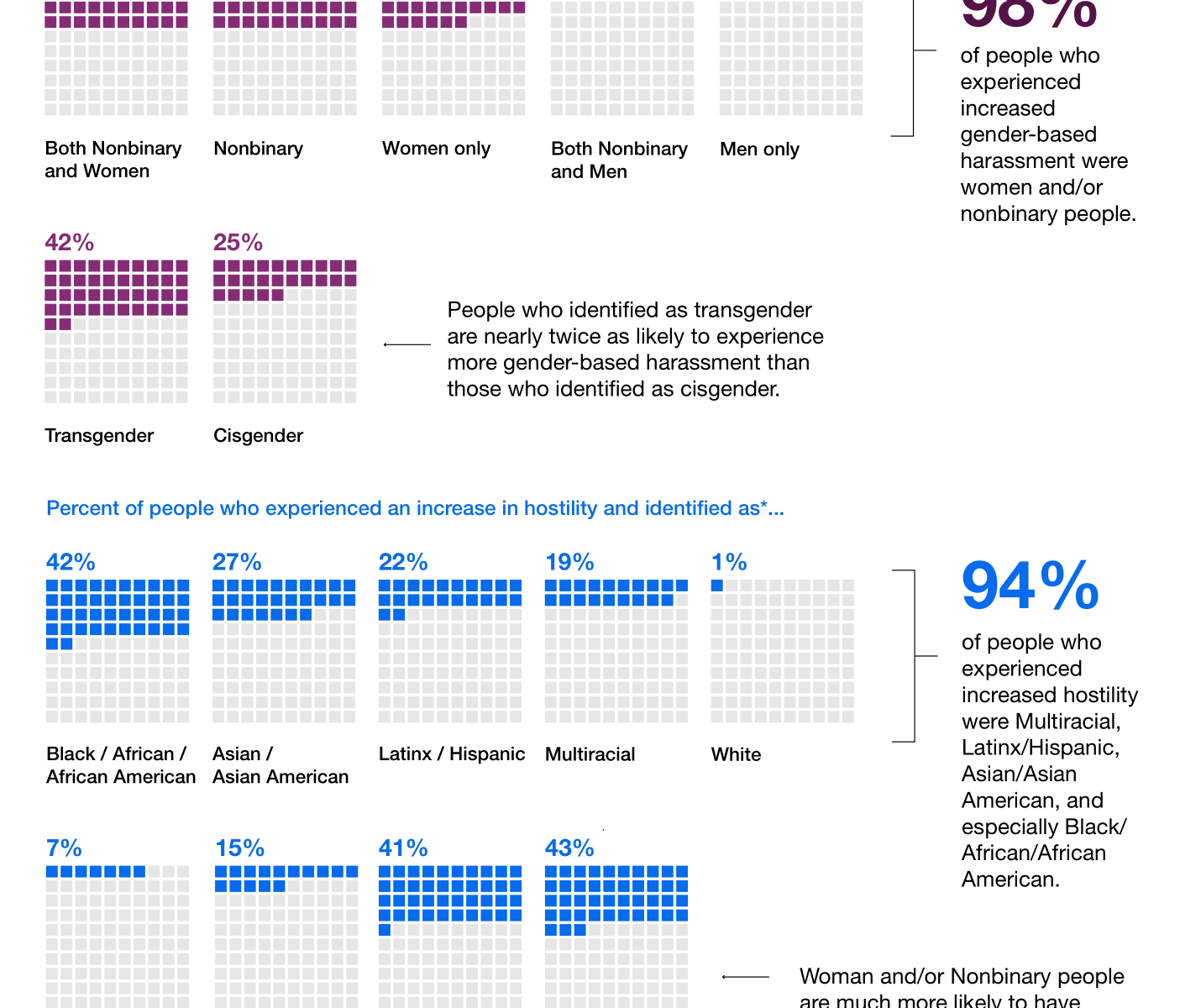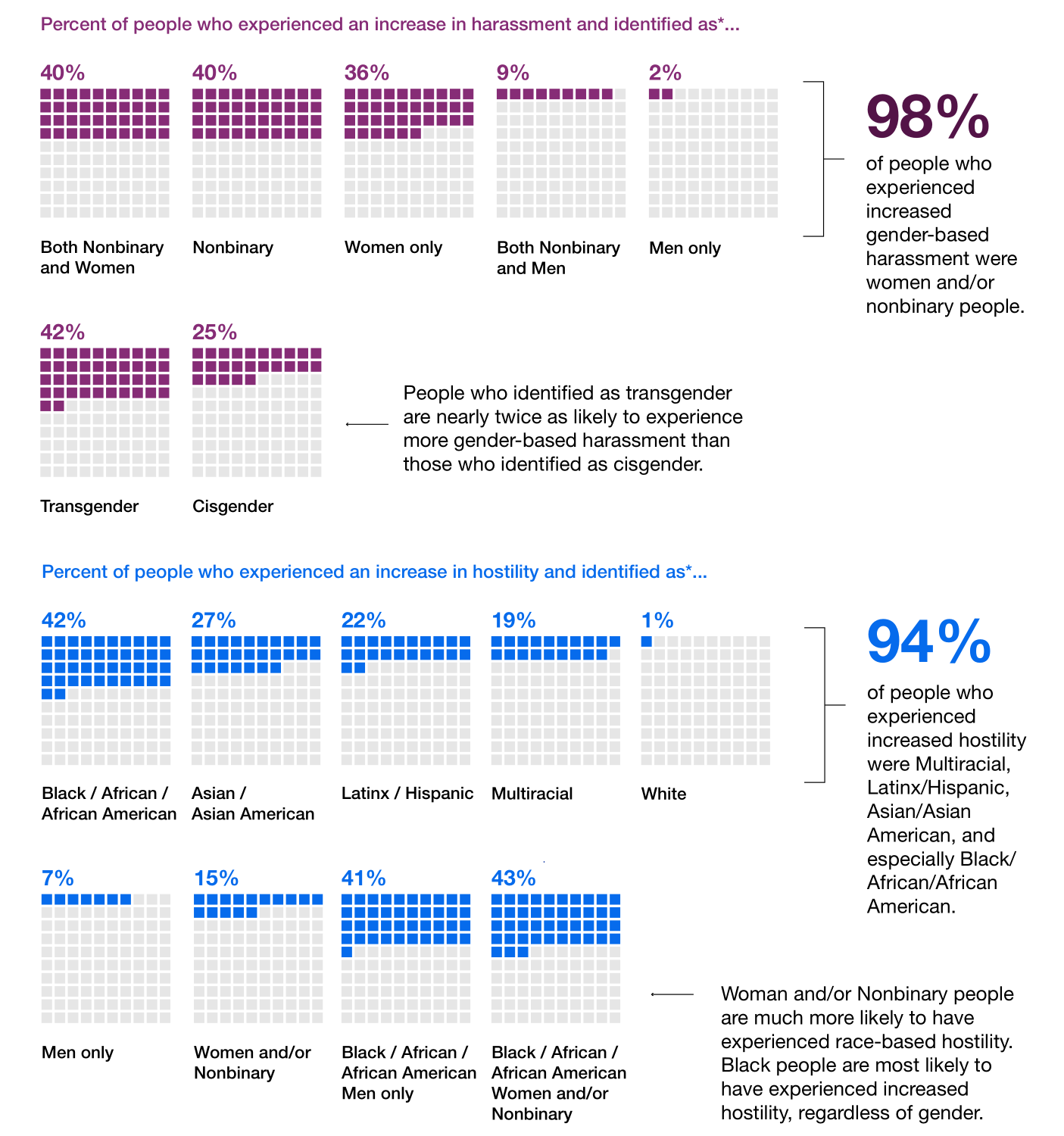Autonomous, electric mobility service provider Optimus Ride announced a partnership with powersports vehicle manufacturer Polaris to bring fully autonomous GEM electric vehicles to market. The two will introduce a new line of Polaris GEM low-speed vehicles that will be engineered to fully integrate Optimus Ride’s autonomous software and hardware suite.
The microtransit vehicles are expected to come to market during the second half of 2023, when they’ll be deployed in geofenced, localized environments, such as corporate and academic campuses and mixed-use developments.
The Polaris GEMs aren’t the only electric autonomous vehicles on the roads. Big companies like Alphabet’s Waymo, Uber, Ford, Motional and GM subsidiary Cruise are all investing in autonomous vehicles to be used for either delivery or ride-hailing services on city streets. But Optimus Ride CEO Sean Harrington sees a market advantage in starting in a localized, geofenced environment, then, once the tech is safe and developed, expand it outward.
“Microtransit is a great starting point for autonomy and it will be the place where AVs will start to penetrate,” Harrington told TechCrunch. “The concentration of short trips in a low-speed, localized environment means you can most rapidly deploy autonomous mobility solutions and deliver an exceptional experience. Whereas with a robotaxi, the technology challenge is unbounded.”
Optimus Ride has already deployed about 30 Polaris GEM vehicles, which have been retrofitted with Optimus Ride autonomous technology, for commercial ride-hailing operations in Brooklyn, Boston, California, Washington, D.C. and Northern Virginia, or as part of testing. There’s a testing site near its headquarters at the Boston Seaport, and there’s a closed track environment, called Union Point, in South Weymouth, Massachusetts.
In the near future, they’ll be continuing to expand current partnerships, like with real estate giant Brookfield Properties in Washington, D.C., as well as into new markets. Harrington specifically hinted at academic campuses as a next step.

Polaris GEMs are deployed at the Brooklyn Navy Yard to transfer workers on a fixed microtransit route. Image Credits: Optimus Ride
The GEMs provide visitors, residents and workers a combination of fixed route and on-demand mobility around the sites and in some cases out to regional transit hubs and neighboring areas.
“In D.C., at our Brookfield campus, we have the Opti Ride app that allows users to schedule rides and reserve a seat on the shuttle,” said Harrington. “Then in the Brooklyn Navy Yard, for example, we run on a fixed schedule and a fixed route.”
The microtransit vehicles, which drive at speeds less than 25 miles per hour, can currently seat four passengers, with a safety operator in the front row. Harrington says once they remove the steering wheel and brake pedals with the next generation of GEMs, the vehicles will accommodate six passengers.
Both the current set of GEMs and the next generation operate at Level 4 autonomy, which means they can operate without the need of a human operator. Despite the constraints of the geofenced environment, Harrington says the vehicles can fully interact with their environments.
“It has a complete perception stack leveraging lidar and computer vision, as well as situational awareness, classifying and tracking objects, full planning and motion control algorithms that allow the vehicle to safely operate within a given environment,” said Harrington. “The benefit of the geofence is that we can develop HD maps for those locations and be deterministic about everything we expect to see from a traffic standpoint. Being constrained in a specific environment means high safety and performance levels quickly, rather than an unbounded vehicle expected to operate in all conditions, anywhere.”

Source: Tech Crunch





